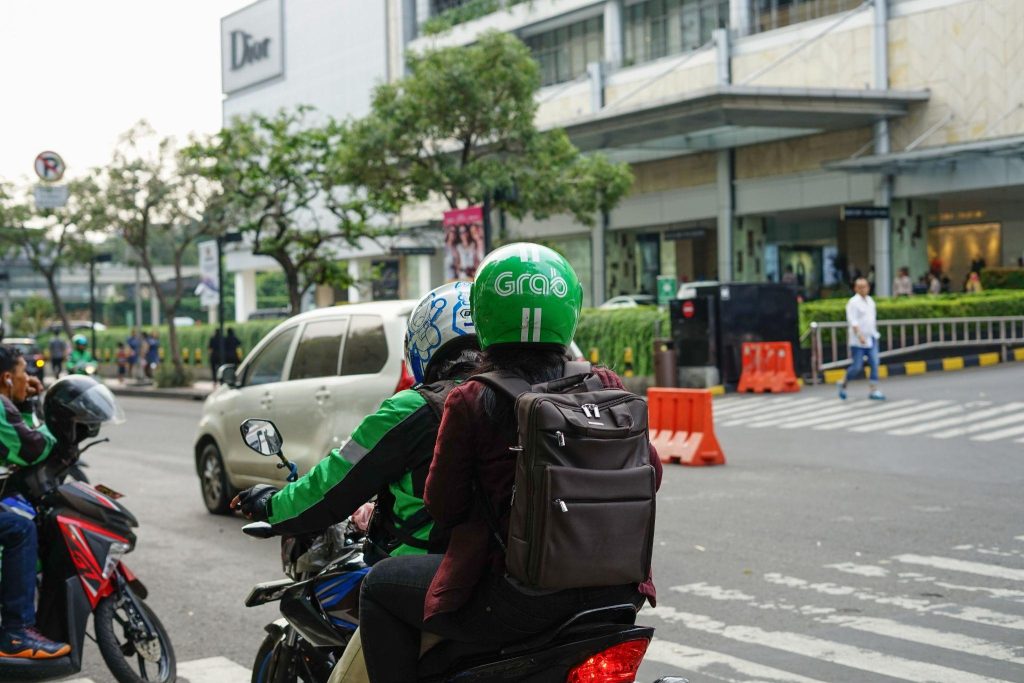Grab’s business strategy promoted spending and then overspending until they obtained positive results, and this phenomenal success may be credited, at least to some extent, to Grab’s business approach. After Uber’s leave in 2014, Grab Vietnam has suffered substantial annual losses. GrabTaxi Holdings Pte Ltd. and Grab Inc. have helped it remain the top ride-hailing company in Vietnam.
Route4Me offers a Vietnamese service route planner to help speed up the process of planning your itinerary. Address-based routing software may help you serve more customers while saving money on petrol, planning, driving time, and decreasing your environmental footprint.
How does Grab manage to win over its customers?
When Grab started operating in Vietnam, “ride-hailing” was still an unfamiliar term to most Vietnamese, albeit in a more casual context. Grab was fast to seize on the opportunity presented by the lucrative industry that had just emerged due to the proliferation of smartphones.
Because of the lightning-fast rate at which Grab grabbed its customers, Vietnam rapidly became the newest illustration of how effective social media and the Internet have taken over ordinary life by storm. This was since app-based services were still relatively new at the time.
Grab can provide additional discounts on transportation and services due to its liberal spending. Drivers are compensated well, and customers like Grab’s convenience and rates. This means even non-techies can use the software. Here, cheaper is better.
Grab knows its customers. The uncontrolled price of the old xe ôm left much to be desired. There were also imbalances with the conventional paradigm, which focuses on driver abilities and block knowledge. Grab addressed the problem by introducing standard pricing and riding rules.
Disruption brought caused by Grab’s launch
In the past, passengers relied on drivers more heavily. Even if they make mistakes or can’t figure out how to use regular services, they will get a lot of money back. Because of this, Grab will require drivers to take regular selfies and “liveliness checks” to be matched against their registration records to increase customer confidence and safety to the highest level possible. Unregistered drivers will be discouraged from utilizing driver accounts due to this.
In addition, Grab has developed extensive AI capabilities into its messaging system to improve and expedite passenger-driver interactions. Grab prohibits abusive and sexual speech. Additionally, trip monitoring technology ensures the intended route is followed and a system that sends a warning to the passenger’s smartphone if unscheduled pauses occur.
Grab understood its time and place. Grab has always permitted its users to pay with cash in Southeast Asia and Vietnam. Uber forced customers to pay through ATM or debit cards when it entered Vietnam, discouraging people from utilizing its services.
Is There Room for New Riders in Vietnam?
Grab’s gains don’t imply the ride-hailing business in Vietnam is won. Grab’s rivals abound. It’s competing with GoJek, which entered Vietnam as GoViet. FastGo, Be, and Vato (financed by Phng Trang Tourism Service and Transport) are potential local companies.
Grab is still the most dominating competitor in the market, but as Uber has shown, giants can fall. They must continually update and adapt if they don’t want to lose their 70 percent market share.
This does not imply that you may rely only on that consideration. To unseat Grab as ruler, you are going to need to do a lot of costs, a lot of it. You also need to be one step ahead of trends in the technologies you use and the habits of your customers.
In the following years, particularly during and after the COVID-19 pandemic, it will be fascinating to see how some aspects of the situation will shift and develop.
